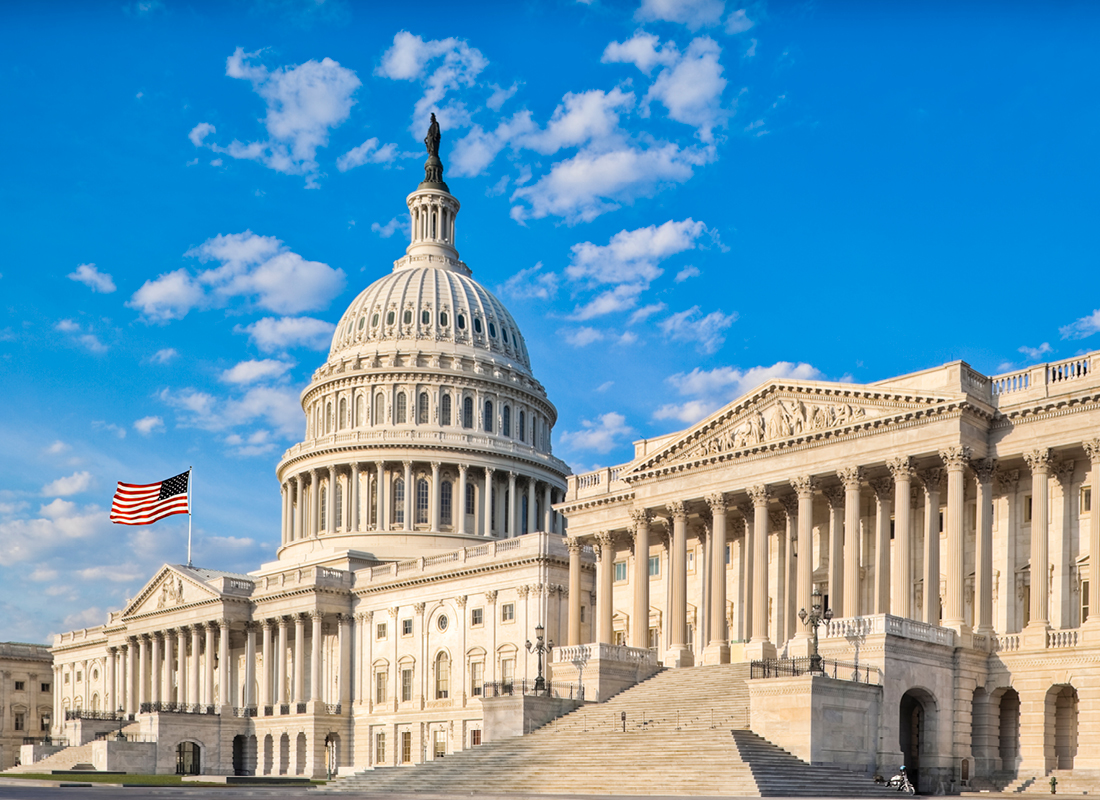Protecting Access to Medicare Act of 2014 (PAMA) price cuts have driven independent labs to the financial brink. On March 28, Congress reintroduced the Saving Access to Laboratory Services Act (SALSA) to reform CMS’ misguided PAMA pricing and reporting rules. The stakes are enormous. Instead of the $2.5 billion in reimbursement rate cuts over 10 years that the Congressional Budget Office (CBO) projected when PAMA was enacted in 2014, PAMA has already slashed Medicare Part B lab payments by nearly $4 billion after only three years of cuts. And a new round of 15 percent cuts is slated to take effect next year.
In June 2022, Congress responded to the situation by introducing the bipartisan SALSA bill to effect PAMA reform. There were hopes that SALSA would be included in the year-end spending bill passed in December to avoid a federal government shutdown. But it didn’t happen. So, now Congress has reintroduced the bill which would effectuate six desperately needed changes to current PAMA rules:
1. Statistical Price Sampling
SALSA would require CMS to use a more statistically representative sample of private payor rates to determine Clinical Laboratory Fee Schedule (CLFS) rates while also alleviating reporting burdens by requiring fewer labs to report pricing data.
2. Reporting to Be Limited to Widely Available Tests
SALSA would limit CMS to requiring “the collection and reporting” on “widely available clinical diagnostic laboratory tests,” defined as tests offered by more than 100 labs and that have CLFS reimbursement rates of less than $1,000.
3. Lower Annual Caps on CLFS Payment Reductions
SALSA would set annual limits on both CLFS payment rate cuts and increases. The PAMA legislation also includes caps, but they apply only for the first six years, ending in 2025. Under the SALSA caps, the CLFS would be frozen in 2023, the annual reduction cap for 2024 would be 2.5 percent and then increase to five percent in 2025 and each year after that.
Current PAMA CLFS Payment Cut Caps
| Year | Maximum PAMA Cut | Maximum SALSA Cut |
| 2023 | 0 percent | 0 percent |
| 2024 | 15 percent | 2.5 percent |
| 2025 | 15 percent | 5 percent |
| 2026 and thereafter | No cap | 5 percent |
4. Data Reporting Every 4 Years, Rather than 3 Years
Under SALSA, labs would have to report pricing data every four years, instead of every three years under current rules, with the next reporting period to occur in 2026 based on 2025 data.
5. Revised Definition of “Applicable Information”
SALSA would reduce reporting burdens and make pricing data more reflective of market prices by carving out two new exclusions to the definition of “applicable information” that labs must report:
- Medicaid managed care rates, which by law must be below Medicare rates for the same services; and
- Physically mailed remittances to the extent those remittances don’t exceed more than 10 percent of the reporting lab’s total claims.
6. Majority of Medicare Revenues Exclusion from “Applicable Laboratories” Definition
SALSA would eliminate the part of the definition of “applicable laboratory” as a lab that gets most of its Medicare revenues from one or a combination of the CLFS or Physician Fee Schedule, while keeping the part of the definition of a lab that receives at least $12,500 in payments from Medicare.
